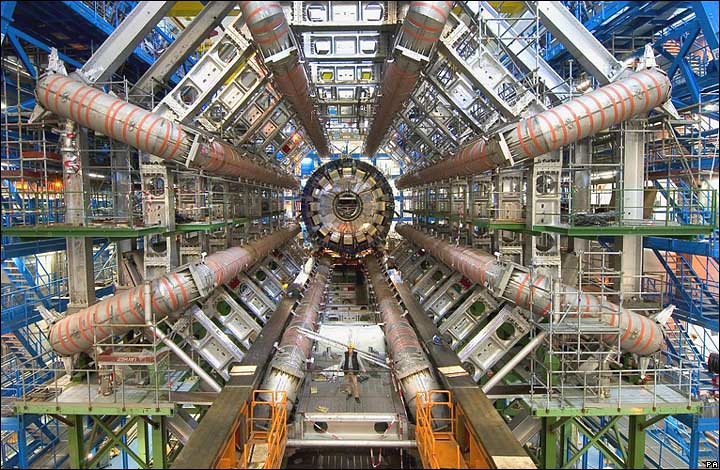This morning I’ve been having a quick look through some documentation from The Ministry of Education on proposed changes to NCEA Level 1 Science. For those not familiar with the NZ secondary education system, a typical student would complete NCEA level 1 at the end of year 11. In this regard, it’s broadly similiar to the English GCSE process, though there are plenty of unique features about NCEA.
Anyway, NCEA is in the midst of a big review process, and the Ministry of Education is releasing draft documentation on various aspects. One that’s up for discussion is Level 1 Science. There’s been quite some detail put into the documentation (available right here – have a look!). The proposals talk about weaving “Big ideas about Science” with “Big ideas of Science“.
The Big Ideas about Science concerns how Science works – perhaps we could label this “what a scientist does”. The threads here are (paraphrasing slightly) “investigating science”, “engaging in real world issues”, “science as a human endeavour” and “communication”. These are woven (see the impressive table on pages 16, 17 and 18 of the document) with the Big Ideas of Science. Here we are talking about what some might call content knowledge. The ideas and concepts that science has established. Very briefly, these ‘of‘ ideas are:
- Interrelation of living things
- Evolution drives the diversity of life
- Importance of biodiversity for ecosystem resilience
- Energy is constant but can be transferred between forms when things happen
- Matter is made up of small particles
- Processes in and between the atmosphere, hydrosphere, biosphere and geosphere affect climate and life on earth
- The changing universe and Earth’s place in it
This has got me thinking as to what I would list as the Big Ideas of Science. I might phrase this as ‘super-concepts’ – those that would win a super-Nobel prize from amongst Nobel prizes. What absolutely changed our understanding of the world? Without wanting to drift into Biology (Alison does this far, far better than I could), the ideas of evolution would be one obvious contender. (And it is there, on the list). But in terms of physics? Well, here’s my top four. Feel free to add, subtract, edit or paint over it. Better still, send your feedback to the Ministry of Education by 5 pm on 1 March.
Thermodynamics. Here we have the basic ideas of energy and entropy. Thermodynamics provides insight into why processes happen in the direction they do, and the costs in terms of energy of trying to drive them the other way. It tells us that if we want to do something useful (which is what you might say human life is about) it will take energy but that will come at environmental cost. It is one of many pivotal areas in tackling climate change. (One might say however that the understanding of thermodynamics drove the rapid development of cheap and powerful fossil fuel engines and, in a sense, is responsible for climate change.)
Space and Time and things within it. I need a better name here. I don’t mean the idea of space-time in special relativity (though that would be part of it) I mean the understanding of living in three dimensional space, one-dimensional time (which always goes one way), and the concept of dimensionality of quantities. For example, everything can be described in terms of mass (kg), length (m), time (s) and electric current (A). One could bring in the S.I. system of units here. Also, some things are fundamentally ‘scalar’ or point-like quantities (like the mass of my teacup), some things have a size and direction (i.e. are vector quantities, like the velocity of a cricket ball – so many metres per second in a particular direction), some things are area-like (like a spinning discus) and others are volume-like. It is hard to grasp what physical quantities like magnetic fields and pressure really are without getting this idea.
Big particles contain small particles; small physics drives big physics. The concept of atoms has been around a very long time, but it was still being debated in the early 20th century. It was really only with Einstein’s work on explaining Brownian motion (the zigzagging path of a tiny particle, e.g. pollen, on the surface of a liquid) in 1905 that put it beyond doubt. But these tiny particles are really important. Much of big matter behaviour (e.g. thermodynamics) is driven by the behaviour of these small particles. One cannot properly understand what is happening at a large length scale without knowing what is happening at a small one. The electrical behaviour of a transistor, for example, is inexplicable without drawing from what is happening at an atomic scale. This one features on the NCEA-list too.
The forces of nature. Things interact with other things via: gravity, electromagnetism (these two are very familiar) the strong nuclear force and the weak nuclear force. The strong nuclear force is what holds protons and neutrons together in an atomic nucleus (why does the nucleus hold together when it has lots of mutually-repulsive positive charges in it?) and the weak nuclear force we ‘experience’ with beta-decay in radioactivity. All of stuff interacts in those four ways. Why those four? Are there more ways? Are these all aspects of the same way? There are lots of unanswered questions with this one.
So, what feedback am I going to give to the Ministry of Education. Overall, I think the team has done a good job here. But the change of preposition “Big Ideas of Science” compared to “Big Ideas about Science” is too subtle for my liking. I like the intention, and the weaving of the fabric of pages 16, 17 and 18 (though a three-page matrix is hard work to digest), but perhaps some renaming could be done.
Banner picture: The ATLAS detector at the Large Hadron Collider, CERN.
